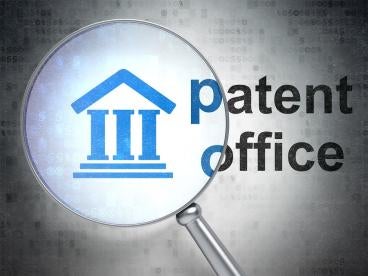Yesterday, the Supreme Court reversed the Federal Circuit’s en banc decision in SCA Hygiene Prods. v. First Quality Baby Prods., 807 F.3d 1311 (Fed. Cir. 2015) (en banc), and effectively abolished laches (unreasonable, prejudicial delay) as a defense to patent infringement claims or damages. The Court’s decision does not disturb the Federal Circuit’s additional holding that laches can bar equitable relief in patent cases. The Federal Circuit decision had held that laches could be used to defend against patent damages even if incurred within the Patent Act’s 6-year limitation period.
Writing for the 7-1 majority, Justice Samuel Alito’s opinion invoked the Court’s decision in Petrella v. Metro-Goldwyn-Mayer, Inc., 134 S. Ct. 1962 (2014), a copyright case involving the same question. The decision reiterates the Court’s view that “laches . . . cannot be invoked to bar legal relief . . . [i]n the face of a statute of limitations enacted by Congress.”
Justice Stephen Breyer, the lone dissenter, wrote that laches “fills a gap” that can exist in patent cases. For example, “a patentee might wait for a decade or more” to see if the alleged infringer’s product becomes successful and, if so, then file suit for six years’ damages, backward from the filing date, without fear of a laches challenge. He also criticized the majority for discounting “a long history of prior case law that shows with crystal clarity that Congress intended the statute to keep laches as a defense.”
The bitter irony of that criticism will not be lost on the Federal Circuit: it typically is on the receiving end of Supreme Court criticism that the lower court glosses over historical Supreme Court precedent in favor of bright line rules. In SCA, however, the shoe is on the other foot: now the Supreme Court has grasped at the bright line, finding that, historical precedent notwithstanding, the statute precludes the application of laches.





 />i
/>i

